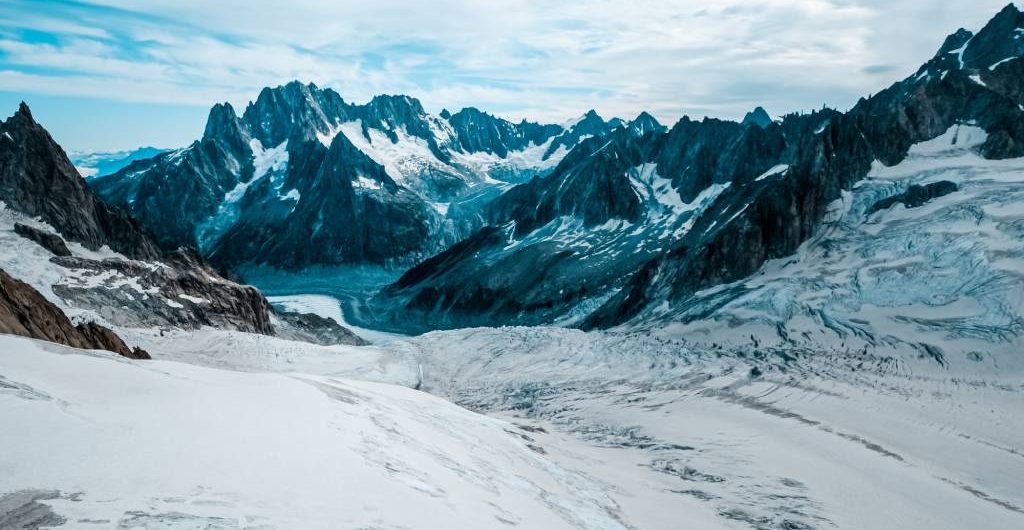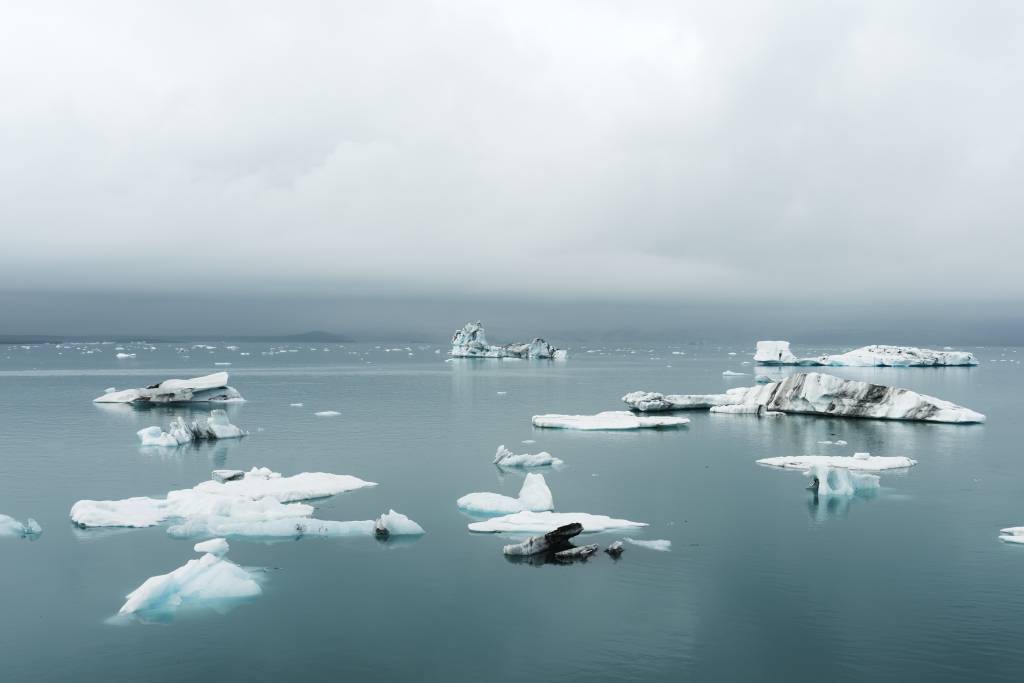
Anvers Island, a jewel of the Antarctic Peninsula, stands as a testament to the raw and untouched beauty of the frozen continent. Nestled within the vast expanses of the southernmost continent, Anvers Island is a place of profound significance in terms of its geography, ecology, and human exploration. This presentation/essay will take you on a journey to explore the unique characteristics and importance of Anvers Island.
Geography and Location
- Geographical Features: Anvers Island is the largest of the islands in the Palmer Archipelago, boasting an area of approximately 2,432 square kilometers. It possesses a distinctive irregular shape, characterized by rugged coastlines, fjords, and imposing mountains that punctuate the icy landscape. The island is surrounded by the tumultuous waters of the Bellingshausen Sea to the west and the breathtakingly scenic Gerlache Strait to the east.
- Location within the Antarctic Peninsula: Anvers Island is strategically positioned in the northern region of the Antarctic Peninsula, located at approximately 64 degrees south latitude and 64 degrees west longitude. It shares its vicinity with other prominent landforms like the Antarctic mainland, the Brabant Island, and the Lemaire Channel.
History and Exploration
- Historical Significance: Anvers Island has a rich history of exploration and discovery. Indigenous peoples did not inhabit this frigid land, but it played a pivotal role in the era of Antarctic exploration. Notable explorers, such as Jean-Baptiste Charcot and Ernest Shackleton, ventured to these shores, leaving their mark on the annals of Antarctic history.
- Modern Scientific Exploration: Today, Anvers Island serves as a hub for scientific research. Numerous research stations dot its coastline, where scientists from around the world conduct vital studies on climate change, glaciology, and marine biology. The island’s position allows for valuable insights into global climate trends.
Flora and Fauna
- Unique Flora and Fauna: Despite its harsh environment, Anvers Island supports a surprising array of life. Mosses and lichens cling to rocky outcrops, while seabirds like skuas and petrels thrive along its coasts. Marine life is equally diverse, with seals, penguins, and a variety of fish species gracing its waters. These organisms have evolved remarkable adaptations to survive in one of the harshest environments on Earth.
Environmental Concerns

- Environmental Challenges: Anvers Island, like the rest of Antarctica, is not immune to the effects of climate change. Rising temperatures and shifting ice patterns have raised concerns about the island’s future stability. Conservation efforts are underway to protect the fragile ecosystems of Anvers Island and its surrounding waters.
Human Activity and Inhabitants

- Human Presence: Anvers Island is home to several research stations, including the Palmer Station, operated by the United States. These stations house scientists, support staff, and researchers who work year-round to advance our understanding of Antarctica and its global significance.
- Daily Life and Challenges: Life on Anvers Island is a challenging endeavor, with long, harsh winters, isolation, and limited resources. Yet, the pursuit of scientific knowledge and the protection of this unique environment motivate those who call the island home.
Tourism and Recreation
- Potential for Tourism: Anvers Island has also attracted the attention of adventurous tourists, offering opportunities for ice-cruises and wildlife observation. Visitors can witness the grandeur of Antarctic landscapes and its vibrant wildlife, though regulations are in place to minimize the impact of tourism on this fragile ecosystem.